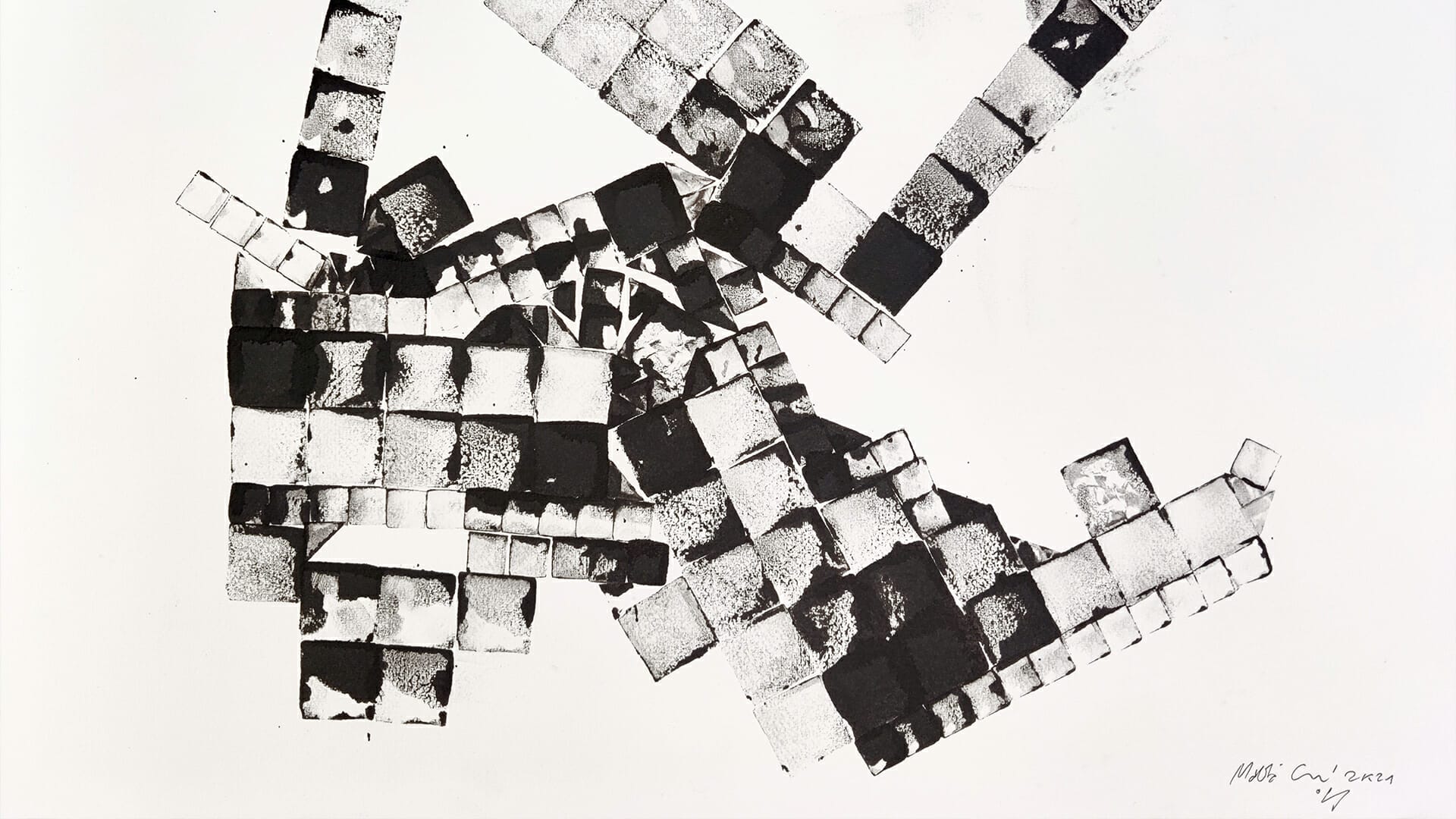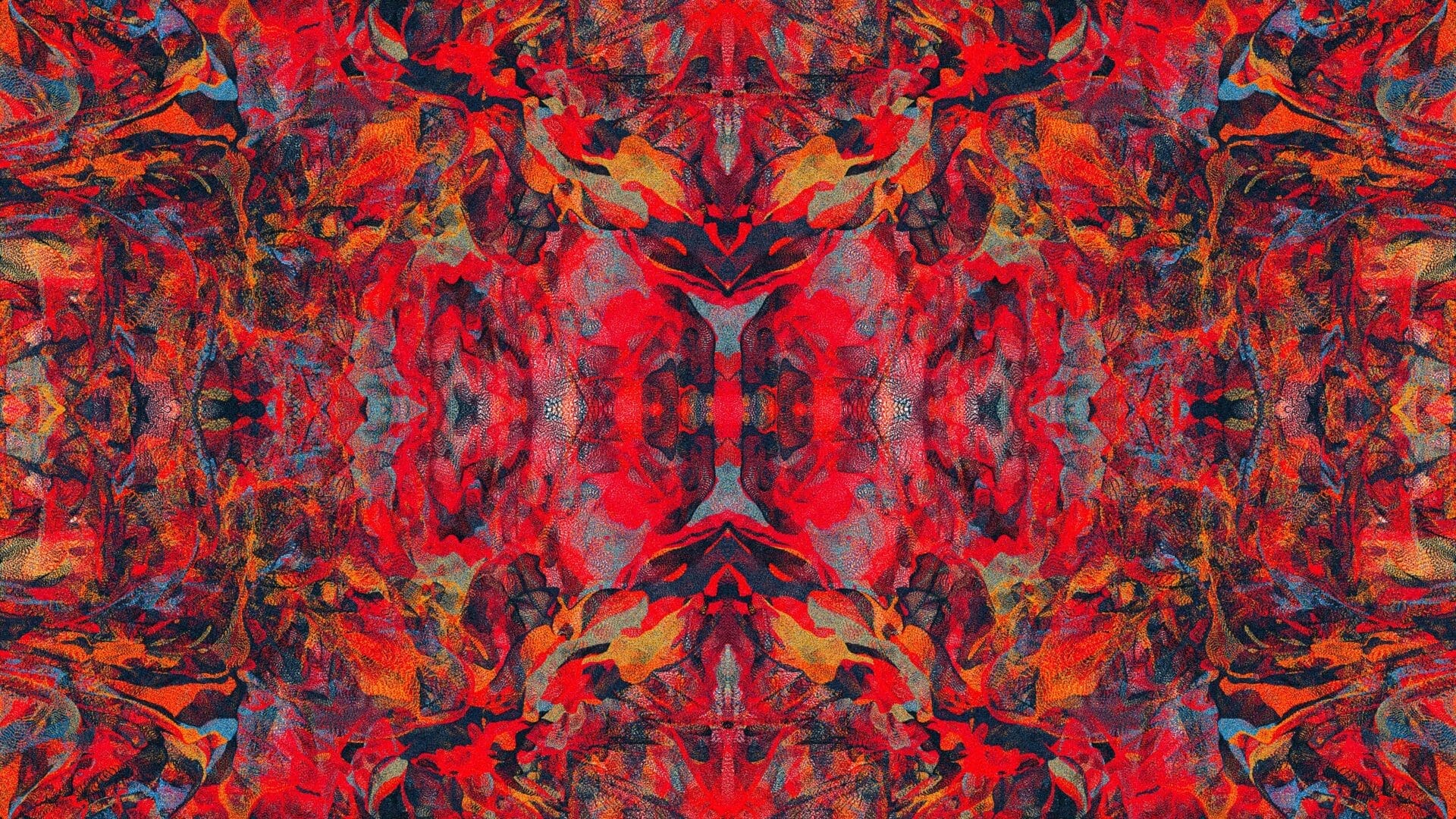
Debunking the Myth: Not All NFT-Based Art is Crypto Art
Amidst the fast-paced world of digital art and blockchain technology, defining what constitutes ‘ Crypto Art ‘ can be as complex and elusive as the artworks themselves. As we venture into the discussion, it’s essential to remember that the narrative around crypto art is still unfolding, with no universally agreed-upon definition yet in place. As art history continues to be written, a clearer understanding will gradually surface.
Beyond the Label: Differentiating NFTs from Crypto Art
Any digital artwork tokenized via non-fungible tokens (NFTs) is often branded as ‘ Crypto Art ‘. However, using this label indiscriminately leads to confusion and misrepresentation, diminishing the broader scope of digital art. For this reason, it’s crucial to differentiate between the medium and technology; NFTs act as containers that encapsulate various art forms, not as artistic mediums.
Consider an analogy: similarly to how the printing press is not considered a literary genre but rather a technology that revolutionized literature, likewise NFTs should qualify as a breakthrough technology that enables new ways of creating, owning, and trading art. The danger lies in confining all the diverse potential of NFT-enabled art under the Crypto Art umbrella, which can restrict perception and devalue the immense creative diversity in the space.
Historical Milestones of the Crypto Art Movement
While the lack of clarity persists, it’s undeniable that the historical current of Crypto Art has established itself with a distinct creative and thematic language drawing inspiration from the cipher-punk ethos, meme culture, and the blockchain and cryptocurrency culture. Reflecting the times, it often uses GIFs and leverages the aesthetics of digital and internet culture.
One might argue that the Crypto Art movement gained significant momentum in 2016 with the emergence of “Rare Pepes“, digital cards featuring variations of the Pepe the Frog meme. The Rare Pepes, tokenized on the Bitcoin blockchain, were among the earliest examples of NFTs, marking a cultural moment that could be seen as the nascent stage of the Crypto Art movement.
With the advent of CryptoPunks and CryptoKitties in 2017, the concept of unique digital assets took on a more defined shape.
CryptoPunks, created by software developers Matt Hall and John Watkinson, consisted of 10,000 uniquely generated pixelated characters. Initially distributed for free, CryptoPunks quickly became coveted digital collectibles, paving the way for a new form of digital native art and collectibility.

By the end of 2017, CryptoKitties, digital cats that could be bred, collected, and traded by users, took the world by storm — their immense popularity highlighted the potential of NFTs, extending their reach beyond the crypto-savvy crowd and congesting the Ethereum network in the process.
The subsequent advent of platforms like SuperRare in 2018 further democratized the NFT art space. By providing a curated marketplace for digital art, SuperRare simplified the process of minting and selling NFTs, thus democratizing access to the art market and enabling artists to establish direct relationships with collectors, opening the floodgates for artists worldwide.
During the early period of SuperRare, digital artist Xcopy emerged as a key contributor. Widely regarded as a leading proponent of the Crypto Art movement, Xcopy’s popularity is not solely fueled by the content of his work but also his unique attitude, enigmatic persona, and his ‘rebellious’ approach to managing the market. It could be said that Xcopy is to Crypto Art what Banksy is to street art – a disruptive force reshaping the narrative and norms of the artistic genre they inhabit.
Expanding Horizons: The Evolving Landscape of NFT-Based Art
Nevertheless, Beeple’s auction at Christie’s in early 2021 was the watershed moment that catapulted Crypto Art into mainstream consciousness. This groundbreaking sale of “EVERYDAYS: THE FIRST 5000 DAYS” generated an astonishing $69 million, not only setting a precedent for digital art valuation, but also symbolizing a profound change in the art market. In spite of the fact that Beeple hails from the world of digital art, his work consciously incorporates elements of Crypto Art — this fusion of styles and mediums makes the comparison appropriate and underscores the transformative power of his landmark sale.
Following this event, a greater variety of creative forms began to appear within the NFT space. As artists experimented with 3D art, generative art, and more, it became increasingly evident that the Crypto Art label had outgrown its original confines.
Additionally, globally renowned artists entered the NFT space following this landmark event with names such as Damien Hirst, Frank Stella, and Marina Abramović, to name a few.
Therefore, it’s hypothesized that the Crypto Art movement, in its traditional sense, may have culminated with Beeple’s auction. In spite of the fact that Crypto Art as a theme will continue to exist and evolve, there is an expanding diversity of art forms within the NFT landscape that marks the dawn of a new era of art.
As we navigate the future, it becomes imperative to view NFTs as a facilitating technology rather than limiting them to the genre of Crypto Art. To continue to evolve and expand the digital art ecosystem, it is imperative to break free of the constraints of categorizing all NFTs as Crypto Art. As a matter of fact, NFTs should be regarded as an established technology, laying the groundwork for the progression and growth of the digital art market.
This shift in perspective is significant for the digital art world, the art scene, and contemporary art in general. Innovation invariably opens up new possibilities and leads to market expansion and differentiation. In particular, the embrace of NFTs by high-profile auction houses like Christie’s and Sotheby’s, almost from the onset, exemplifies this dynamism.
However, it’s important to note that the transition is not limited to auction houses. In fact, many of the leading galleries and institutions are subtly yet strategically positioning themselves to take center stage in the new market cycle that is set to arrive. Though their moves may be less visible, they are undoubtedly preparing for a significant role in the narrative of NFTs and digital art to come. The infiltration of NFT technology within these traditional art institutions signals a paradigm shift, indicative of a future where digital and traditional art forms coalesce, further blurring the boundaries of art and technology.
The first ever global auction house to host fully on-chain sales: introducing Christie’s 3.0
— Christie's (@ChristiesInc) September 27, 2022
Built from the ground up together with three leading companies in the Web3 community @manifoldxyz , @chainalysis & @spatialxr. (1/4)https://t.co/3zcQxNtBLy
Through this, we ultimately acknowledge the vast potential of NFTs beyond Crypto Art and create room for more innovative and diverse forms of digital creativity to emerge. After all, the strength of the art world has always resided in its ability to adapt, evolve, and surprise us – and the realm of NFTs is no exception.
fakewhale
Founded in 2021, Fakewhale advocates the digital art market's evolution. Viewing NFT technology as a container for art, and leveraging the expansive scope of digital culture, Fakewhale strives to shape a new ecosystem in which art and technology become the starting point, rather than the final destination.
You may also like

In conversation with Mattia Cuttini
During this episode of Fakewhale Live, host Jesse Draxler has a conversation with Italian digital ar
xSublimatio is a “merging” aesthetic digital drug experience
The project is the first to be incubated by Faction.art TO MINT ON : https://faction.art/project/x

In conversation with Stefano Contiero
During this episode of Fakewhale Live, host Jesse Draxler chats with Italian visual artist Stefano C



